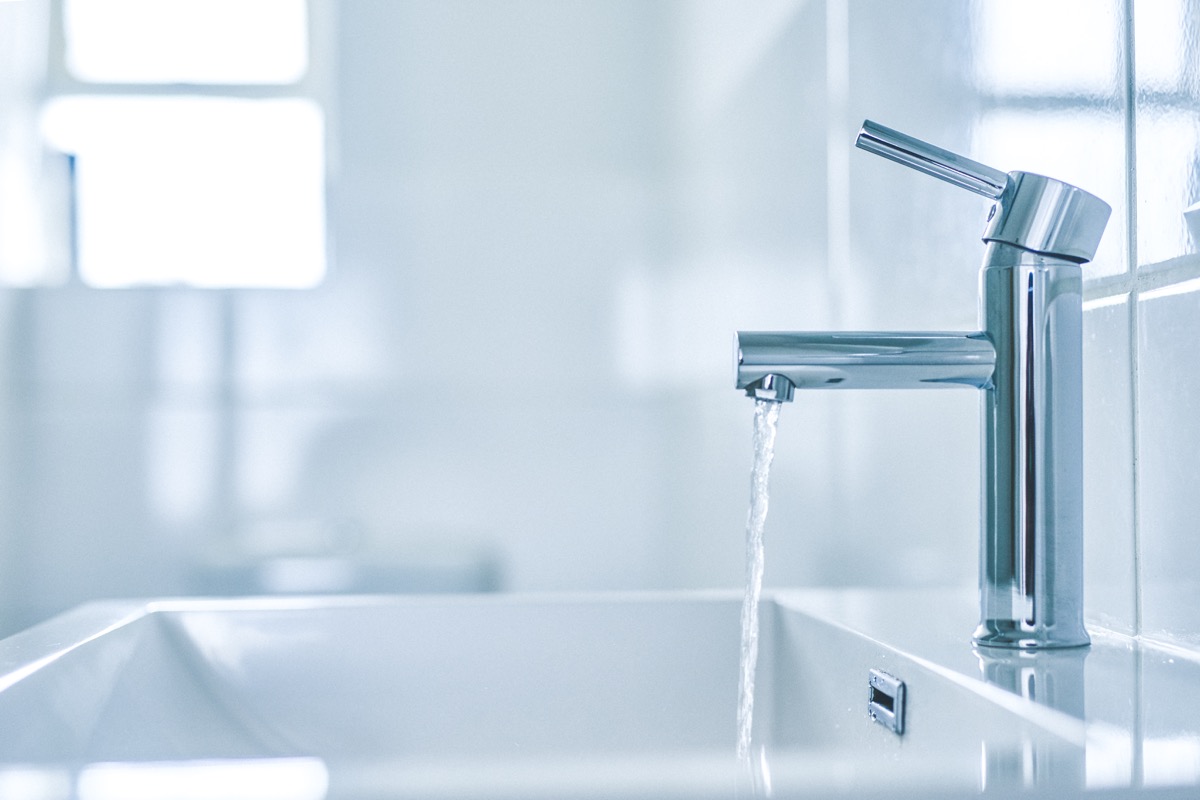Interestingly enough, bacterial growth was more pronounced when the researchers checked a keyboard belonging to a younger couple as opposed to an older family. According to the findings, the most likely germs found on your computer or laptop keyboard are staphylococci, streptococci, and some airborne bacteria such as micrococci. These can lead to anything from relatively benign skin infections and a scratchy throat to more serious ailments like pneumonia and meningitis. But other household objects also yielded worrying results. Here are the other items in your home that need extra attention, according to the study’s findings. And for more gross areas of your house, check out The Filthiest Spot in Your Home Is 12 Times Dirtier Than a Toilet Seat. Read the original article on Best Life. Being used repeatedly through the day and handled by multiple people, the TV remote is particularly susceptible to harboring bacteria. If you eat while watching TV, the rate increases. Jones singles out staphylococci and streptococci as likely to turn up on the remote.ae0fcc31ae342fd3a1346ebb1f342fcb To get yours clean, use alcohol wipes on your electronics, as they leave behind little liquid residue, which can damage the device in large quantities. And for more disinfecting tips, These Are the Things You Should Sanitize Every Day But Aren’t. For similar reasons to your TV remote, your phone is a source of high levels of contaminants. Factor in its proximity to your mouth and nose during use and the amount of time it spends in warm environments, like your pocket, and the risks are clear. A 2017 study of healthcare workers’ phones published in the Iranian Journal of Micobiology found that 46 percent of participants had six different types of bacterial growth on their phones. Acinetobacter baumannii, a major source of infection in hospitals and antibiotic-resistant staphylococcus aureus were among the most common germs discovered. And for tips on getting your nice and clean, find out How Experts Say You Should Clean Your Phone. The warmth and humidity of the bathroom make this spot a perfect breeding ground for bacteria. The presence of the toilet in the room compounds the issue, with people touching the faucet before washing their hands and the plumes from flushing spreading contaminated material. As a result, bathroom faucets are often the most contaminated area in the room, containing E. coli and other types of fecal bacteria, along with high levels of yeast and mold, according to Jones. While abrasive cleaners are not necessary (and may damage metal), a daily clean with warm soapy water is advised. Similar issues apply to your kitchen faucet due to frequency of use and the number of people touching it. But in the kitchen, there is an added variable. “The kitchen tap would have the same skin bacteria and also food contaminants from raw food such as bacillus species and E. coli,” advises Jones. Clean the faucets (and any other attachments like hoses) at least once a day with warm soapy water to remove any residual bacteria. And for more cleaning tips and tricks, sign up for our daily newsletter. Turns out, having fur babies may be cleaner than having human ones. When the researchers examined the germ swabs of dog toys and kids’ toys, the latter showed massive bacteria growth by comparison. According to the study, “most toys should be cleaned weekly if your child plays with them daily, but if they’re sick, it’s best to clean them regularly until they’ve recovered.” And for the one area on your person that doesn’t need a scrub, check out The One Body Part You Should Never Clean, According to Doctors.



